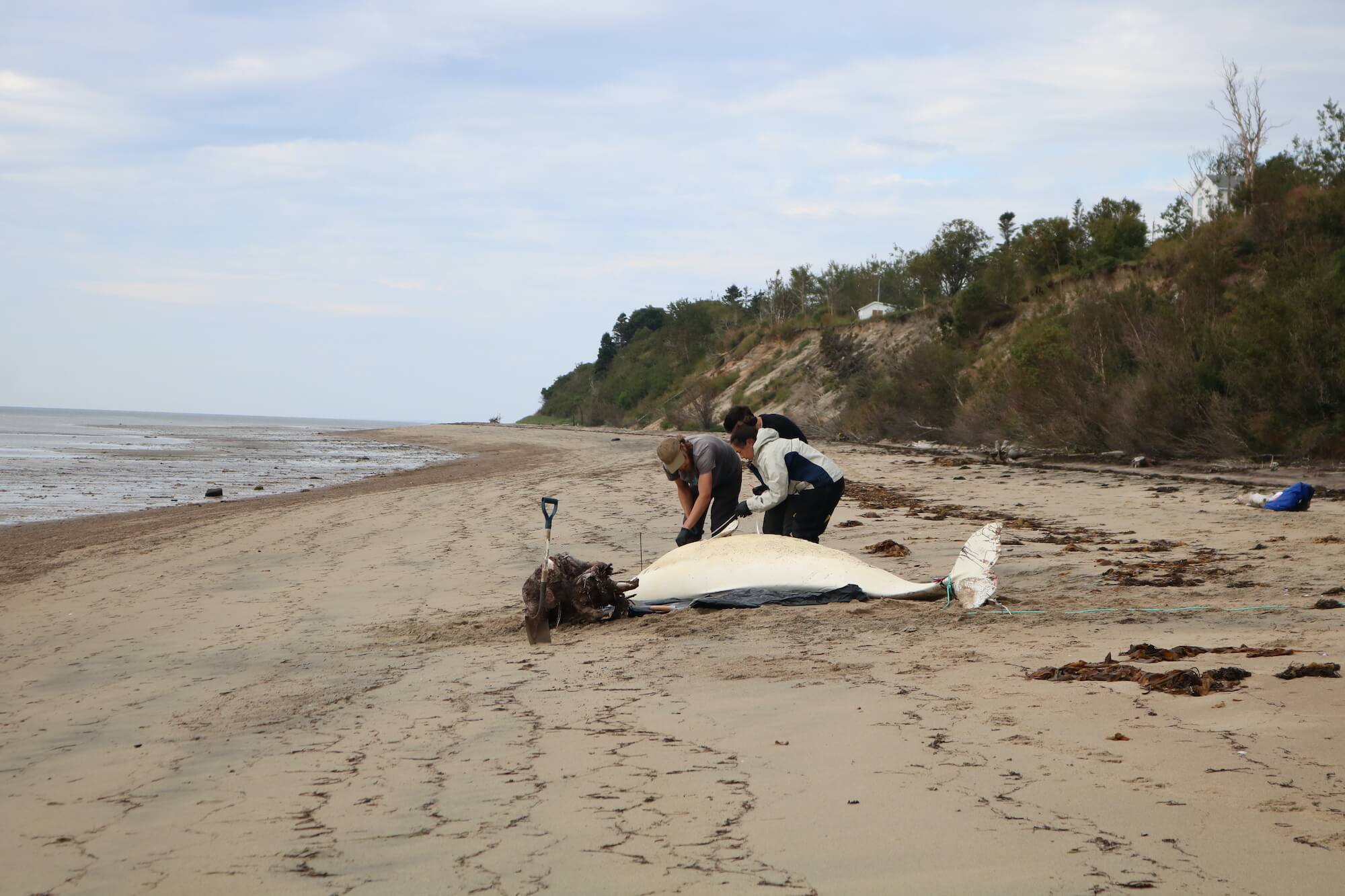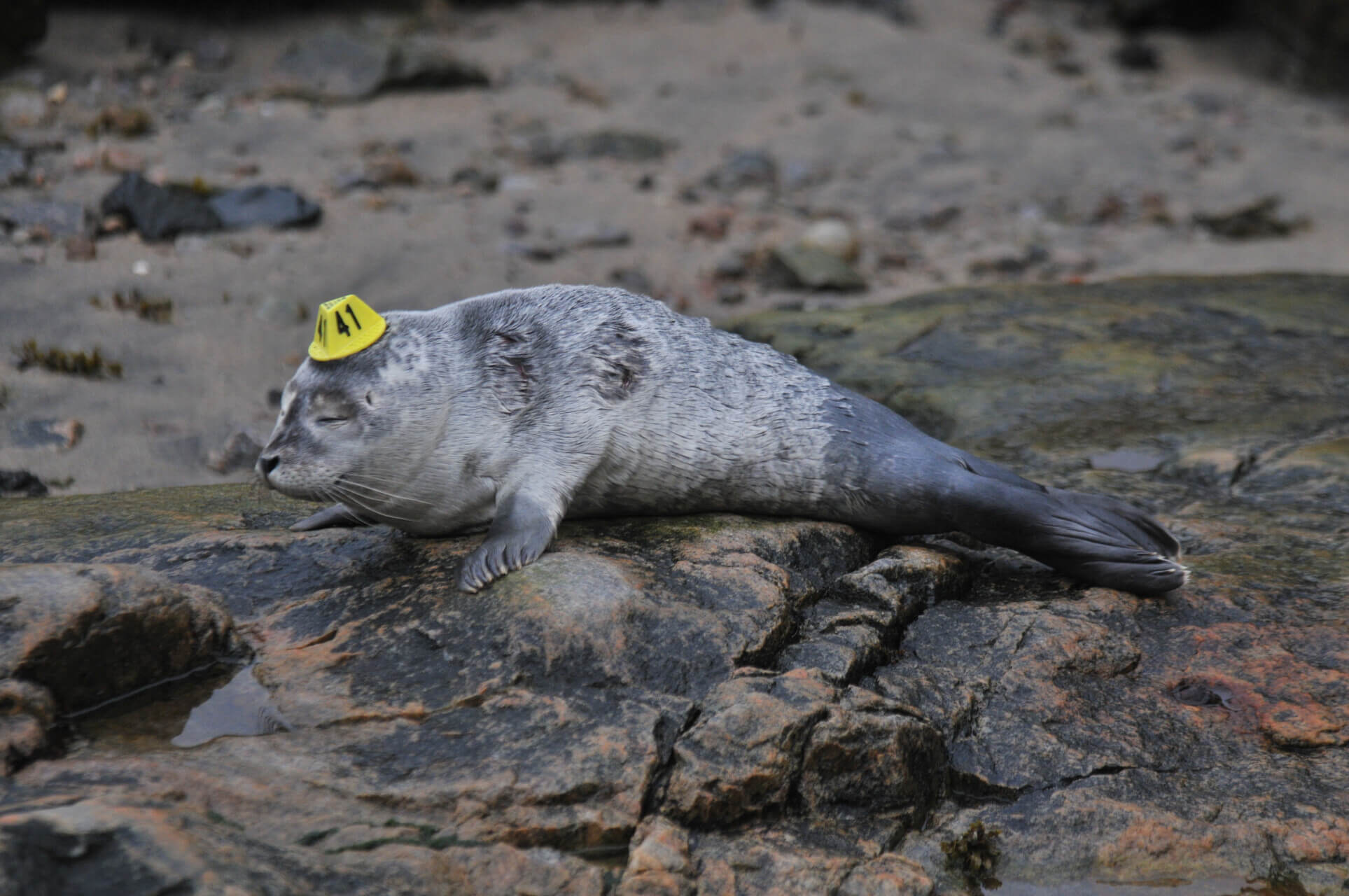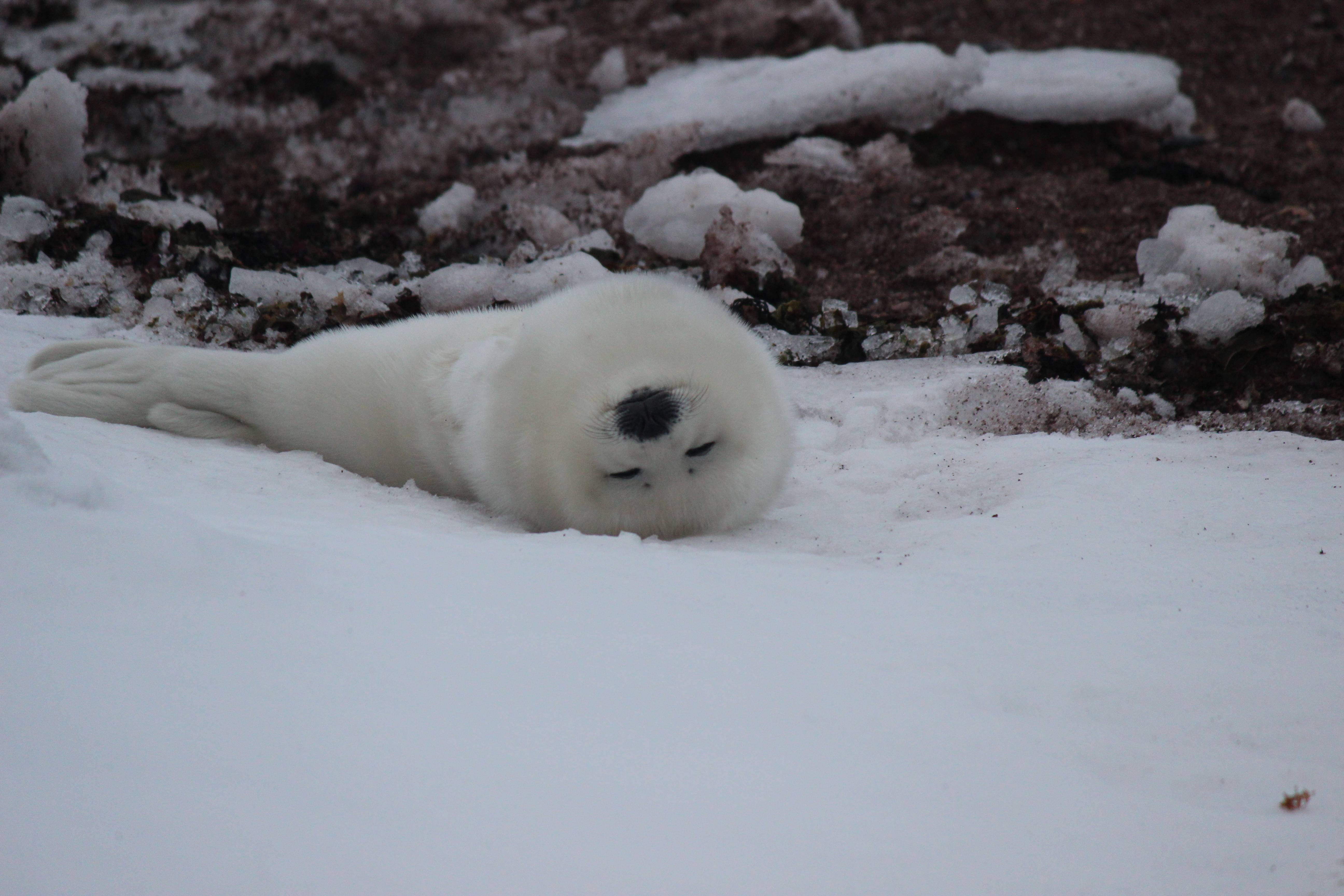On Wednesday, October 25, a humpback whale carcass washed up in Saint-Maxime-du-Mont-Louis in the Gaspé Peninsula. It was a male between three and five years old and was eventually identified. It turns out this individual had frequented the St. Lawrence estuary last summer!
The team from the Quebec Marine Mammal Emergency Response Network (QMMERN) was already tracking the carcass, which had been drifting in the area for several days. After the carcass was discovered, a partial necropsy was carried out two days later by QMMERN and the Quebec chapter of the Canadian Wildlife Health Network. Thanks to the photos obtained, the animal was ultimately identified by the Group for Research and Education on Marine Mammals (GREMM).
Seek and you shall find
The carcass was identified as H970, a humpback whale that had been spotted in the gulf, the Mingan Archipelago region, the Sept-Îles area as well as the estuary in 2021, 2022 and 2023. Tim Perrero, who heads GREMM’s large rorqual survey, explains that when it comes to carcasses, identification is not always so straightforward. “It is rather rare that we manage to identify beached whales, as the carcasses are often too badly decomposed.”
It was thanks to photo-ID techniques that the GREMM team was able to recognize the animal. This research technique involves using natural markings such as pigmentation, colouring, scars or the shape of a fin as a reference point to identify a whale. While tracking whales with tags requires significant resources and comes with risks for both whales and humans, photo-identification only requires photos… and a keen eye for detail.
Lighting the way
Carrying out the necropsy was anything but easy. The location of the remains did not allow for the use of heavy machinery, which would have been needed to perform a complete necropsy on an animal of this size. Further complicating matters was the fact that the site was accessible only at low tide. It was therefore early in the morning with makeshift lighting that the necropsy team went about their task. After all, the tide wasn’t going to wait until they were finished with their job to come back up! Not to mention that with water, there is always the possibility that the carcass can move.
The humpback whale was measured and sampled for analysis of its state of health. The animal was determined to be a male between two and four years old and measured 10.7 metres long. This is consistent with data kept by GREMM, which first catalogued this humpback whale in the St. Lawrence in 2021.
During the necropsy, it was impossible to pinpoint the causes of the animal’s death. No evidence of an entanglement in fishing gear or a collision with a ship was found, though such incidents cannot be entirely ruled out as scientists were unable to analyze the complete carcass. Émilie L. Couture, veterinarian, clinician-educator and research officer, also deems that it is difficult to assess the condition of the whale at the time of its death due to its state of decomposition and lack of information.
Outstanding training
Despite all the information obtained, both through photo-identification and the necropsy, the causes of this mortality will likely remain a mystery. However, the fact that the teams were able to identify the animal as well as take measurements and samples for analysis demonstrates the efficiency and dedication of all those involved in this operation. This was also a great learning opportunity for the members of these teams. It’s not every day that you get the chance to coordinate and perform a necropsy on a large whale! In the future, when an endangered species washes up, response teams will be in a better position to take action. After all, practice makes perfect!









